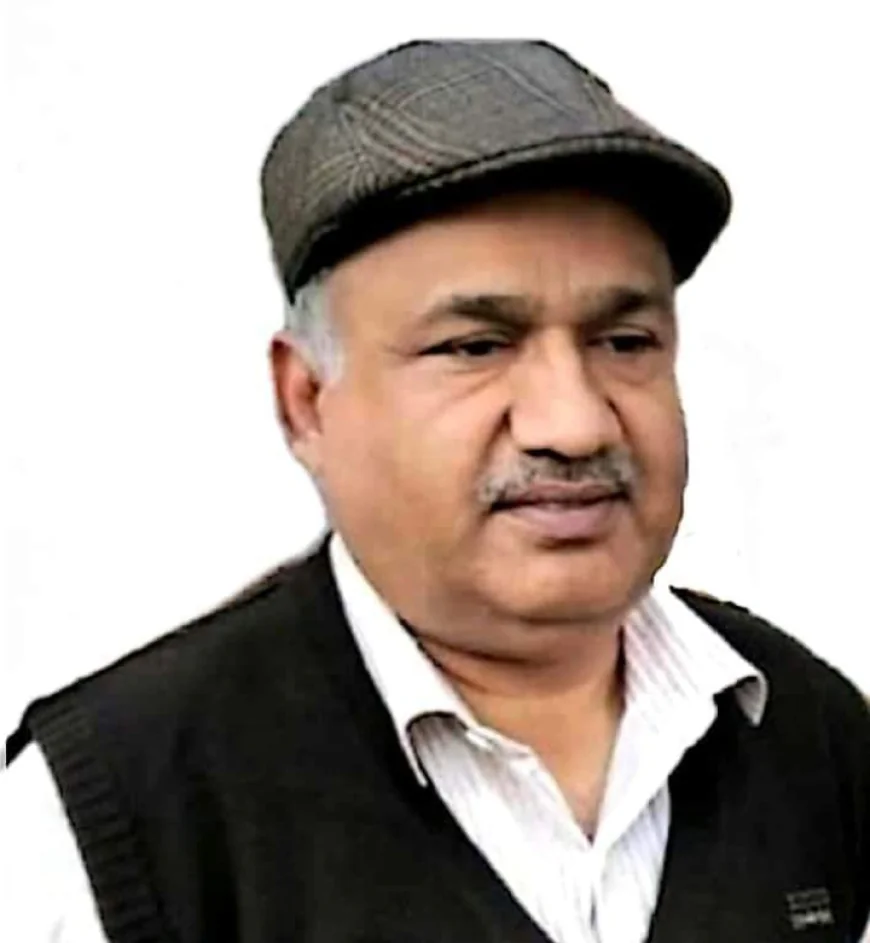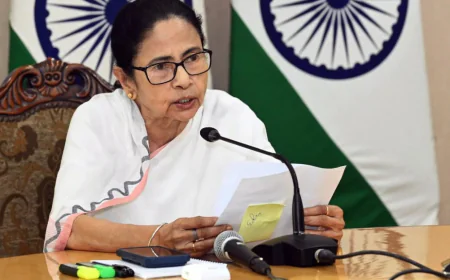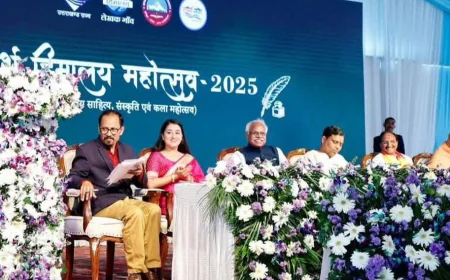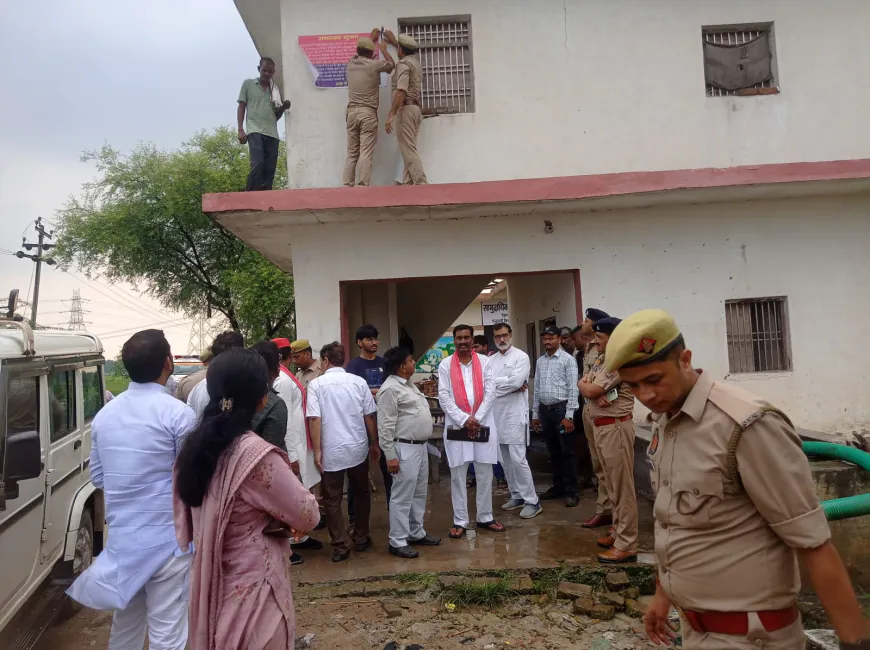India hasn’t Produced a Nobel laureate in science in almost a Century Now

India hasn’t Produced a Nobel laureate in science in almost a Century Now
It has been nearly a century since an Indian scientist, working in India, won a Nobel Prize in one of the sciences (Physics, Chemistry or Medicine). C. V. Raman remains the only Indian citizen to have done so (1930, Physics) while working in India. Professor argues that the reasons go beyond mere funding shortfalls: it is a deeper issue of institutional culture, leadership and vision in Indian science. Key problems identified
1. Hiring and institutional culture India has a large pool of talented scientists, but many struggle to secure academic positions in research-institutions. Meanwhile, many faculty members in institutions engage in incremental rather than visionary research. The criteria for hiring and appointment of scientists often lack transparency: connections, regional bias, patronage may play an outsized role rather than pure merit. Even after appointment, young scientists frequently spend precious time and energy fighting for equipment, space and students. Bureaucratic and administrative burdens reduce the time for creative, risk-taking research.
2. Research incentives and culture There is a strong emphasis on quantity of publications, awards and medals rather than high-impact, breakthrough work. The metrics are visibility and volume, not necessarily transformative discovery. As a result, many researchers pursue safe topics or incremental research rather than bold, long-term, high-risk work – the kind that often underpins Nobel-level breakthroughs. In addition, institutional leadership often emphasises control, conformity, and maintenance over experimentation and radical innovation. “The major problem remains that the current nature of academia is resistant to change and blocks visionaries.”
3. Funding, scale and national research investment Public investment in research & development (R&D) remains modest: In India it has hovered around 0.6 – 0.8 % of GDP in recent years — far below levels in many advanced nations. The number of full-time researchers in India, relative to population, is significantly lower than the global average. That reduces the “talent pool” from which a future Nobel laureate might emerge. Some decision-making, procurement and institutional processes are burdened by red tape, delaying equipment acquisition and hampering timely research. Example: procurement at some premier Indian institutions reportedly takes many months.
4. Leadership, vision & generational renewal The author argues that India needs “visionary scientists in the spirit of Homi Bhabha and Vikram Sarabhai” who not only do excellent science but build institutions that foster discovery. He calls for younger leadership (scientists aged ~40-50) to be given major roles (directors, vice-chancellors, heads of national science agencies) so that fresh ideas, urgency and global perspective can shape Indian science. Why these issues matter for Nobel-level science To win a Nobel Prize in the sciences tends to require not just individual brilliance but a supportive ecosystem: cutting-edge infrastructure, freedom to pursue high-risk ideas, long time-horizons, international collaboration, and institutional encouragement of radical thinking rather than safe incrementalism.
Many of the problems above adversely affect this ecosystem in India. As the Express article puts it: “In a nutshell, meaningful change in scientific research in India requires academia to reform and align with the government’s vision … Until this system is dismantled and replaced with transparent hiring, merit-based funding, and visionary leadership, India will remain a land of potential, not of discovery Recent encouraging signs It’s not all negative. For example, in an Economic Times article, two Nobel laureates (David MacMillan and James Robinson) pointed out that India is “primed” for scientific breakthroughs — noting strong work underway at institutions such as Tata Institute of Fundamental Research.
This suggests that the structural foundations may be improving, though major systemic reforms remain. What can be done: Proposed reforms Based on the article’s arguments, key areas of reform include: Merit-based, transparent hiring: Reform faculty and leadership appointment processes so that excellence and innovation are rewarded, and nepotism/regional bias are minimised. Funding and incentives for bold research: Increase R&D spending (towards the often-cited ~3 % of GDP target), support long-term fundamental research (not just applied), and reduce bureaucratic barriers to equipment, travel, and experimentation.
Institutional culture shift: Move away from chasing publications/awards as the metric of success, to valuing breakthrough quality, originality, global impact. Leadership renewal: Give younger leaders seats at the table in scientific administration, so that institutions can adapt to global norms, encourage risk-taking, and build visionary programmes. Scale up researcher base & collaboration: Expand the number of full-time researchers, foster international collaborations, promote an environment where India can retain its best talent rather than seeing brain-drain. Conclusion In sum, while India has many talented scientists and some excellent institutions, the article argues that the system of science in India is not yet optimally configured to produce Nobel-level breakthroughs.
The obstacles are less about the talent itself and more about institutional inertia, lack of clear merit-based pathways, constrained freedom for high-risk ideas, and inadequate ecosystem support. If Indian science can reform hiring practices, invest boldly in fundamental research, refresh leadership, and build a culture of daring discovery rather than safe conformity, then the many decades of “potential” might turn into tangible discovery — and ultimately, perhaps, a Nobel Prize. Vijay Garg Retired Principal Educational columnist Eminent Educationist Malout Punjab -








































